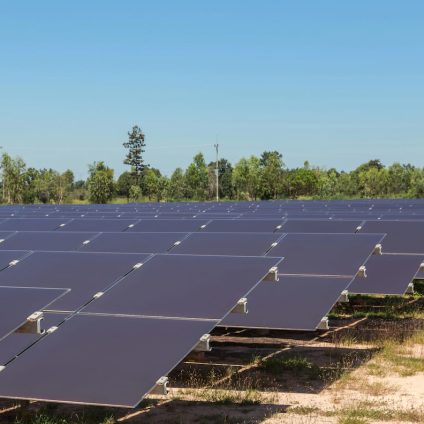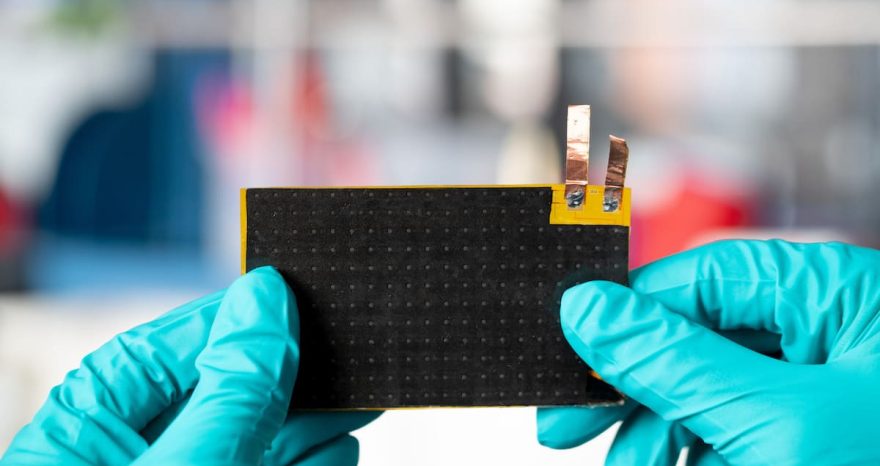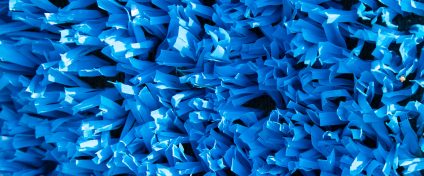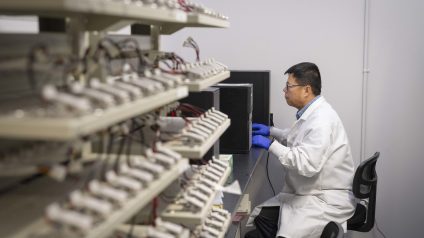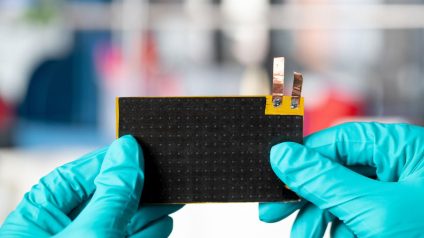Cadmium telluride solar cells are the most widely used thin-film solar technology in the world, but their performance still has significant room for improvement. A new approach could now boost their open-circuit voltage by 13% and enhance overall efficiency.
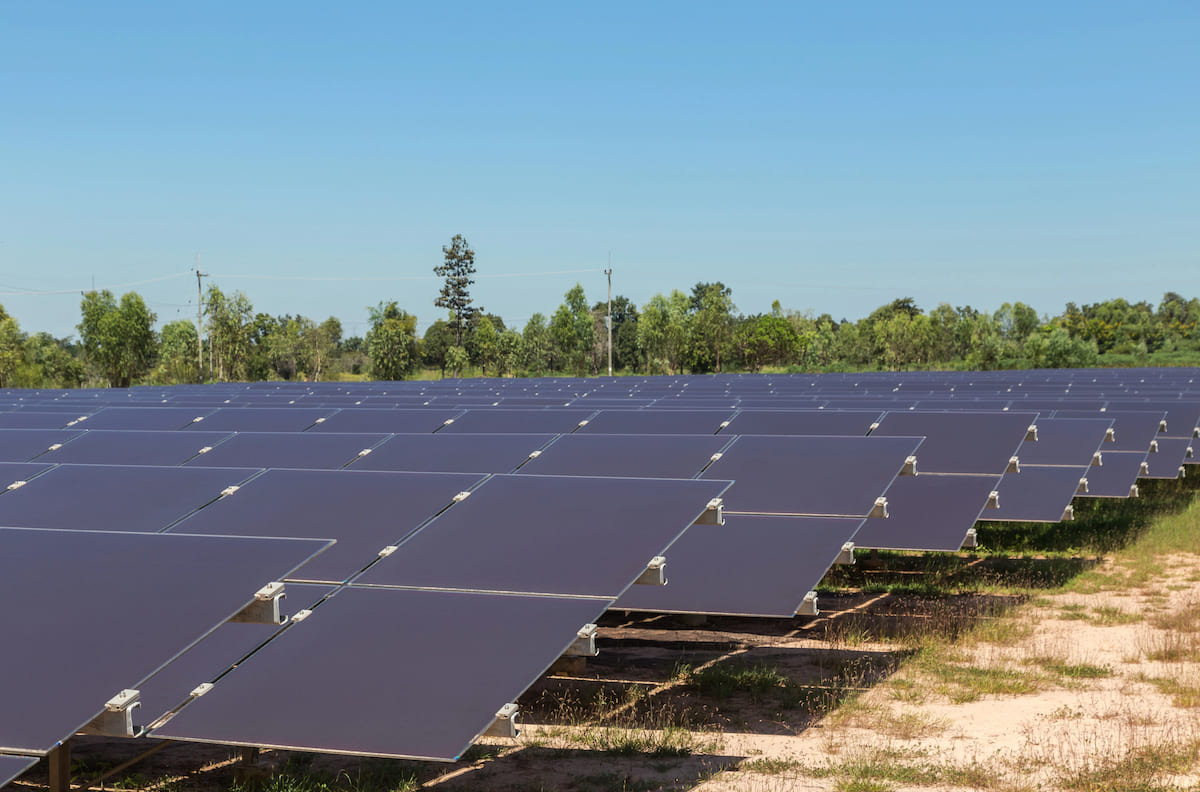
CdTe photovoltaics boost efficiency by 13% with ultrathin coating
In the global race for solar energy, CdTe photovoltaics have carved out a unique niche. Less famous than the ubiquitous silicon panels, this segment is actually the most widely adopted thin-film technology in the world. Its success stems from strong energy yields and unmatched versatility. But with new trends like bifacial panels and the supply risk around tellurium, the sector is now working to further improve cell efficiency and reduce thickness.
The latest breakthrough comes from a team of scientists at New York University. They’ve developed an ultrathin protective layer essential to the manufacturing process, which increases CdTe solar cell performance by 13%.
To understand the impact, let’s take a step back.
What are CdTe photovoltaics and how do they work?
Cadmium telluride solar cells are the world’s leading thin-film photovoltaic technology. As of 2023, global installed capacity has surpassed 30 GWp, with about 40% of that capacity located in the United States.
Their architecture can be simplified into several stacked layers, from bottom to top:
- Substrate: made of glass or plastic, providing mechanical support and protection
- Back contact: collects generated electricity, often made with carbon paste infused with copper or other metals
- Photovoltaic layer: a thin p-type CdTe absorber layer, typically paired with a cadmium sulfide (CdS) n-type layer to form a p-n junction
- Transparent conductive oxide (TCO): made of fluorine-doped tin oxide (SnO₂:F) or cadmium stannate (Cd₂SnO₄), transparent and conductive to allow light and electricity to pass
- Glass top layer
Key advantages
CdTe solar cells on the market currently reach up to 21.4% efficiency, with a lab record of 23.1% set by First Solar in 2024. Their low temperature coefficient helps maintain performance in hot environments. Like all thin-film modules, CdTe panels are lightweight and potentially flexible, depending on the substrate, making them suitable for curved or weight-sensitive surfaces.
Other benefits include long lifespan, low embodied energy (total energy used in production), fast manufacturing processes, and strong bankability.
Limitations
Unlike silicon panels, which consist of individually soldered cells, CdTe solar panels are monolithically integrated. This means thin active layers are deposited directly onto inexpensive substrates like glass, with cell interconnections formed during later steps.
The downside? Metallization, the process of adding electrical contacts, can damage the modules. High-temperature contact formation can harm the material, especially at microscopic grain boundaries. These damaged zones act as barriers, reducing output power.
How NYU researchers improved CdTe efficiency
A study published in ACS Applied Materials & Interfaces shows how NYU engineers used a spin-coated ultrathin oxide layer before metallization to protect the solar cells. They tested aluminum-gallium oxide (AlGaOx) and silicon oxide (SiOx), both of which naturally accumulated at structural weak points.
The result was a 13% increase in open-circuit voltage. Fill factor also improved, provided the oxide layer remained thin enough to avoid raising electrical resistance.
“AlGaOx protects the cell during gold contact evaporation, which happens at high temperatures and condenses on the surface. Without this layer, the interface is damaged and defects reduce device performance,” the researchers explained.
Read the full article Selective Isolation of Surface Grain Boundaries by Oxide Dielectrics Improves Cd(Se,Te) Device Performance in ACS Applied Materials & Interfaces (2025).
CdTe photovoltaics FAQ
What are CdTe photovoltaics?
They are thin-film solar cells based on cadmium telluride in a heterojunction structure.
How does a CdTe solar cell work?
It contains multiple layers: a substrate, back contact, CdTe and CdS active layers, a transparent conductive oxide, and a glass cover.
What are the advantages of CdTe solar cells?
High efficiency (up to 21.4% commercially), strong performance in heat, low weight, potential flexibility, long life, low embodied energy, and fast manufacturing.
What are the downsides of CdTe solar cells?
Metallization can damage modules, especially at crystalline boundaries, lowering output. Cadmium telluride is also toxic if inhaled or mishandled.


